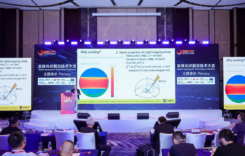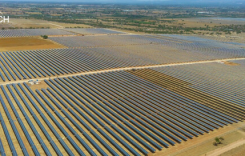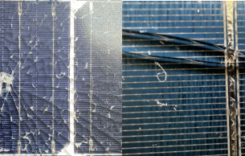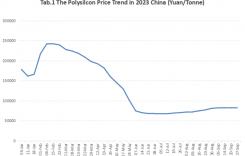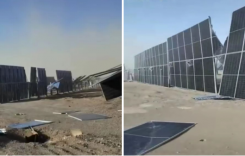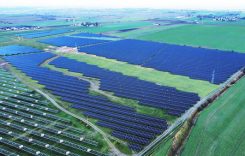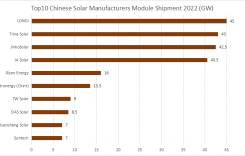PVTIME – The German Solar Industry Association (BSW-Solar) forecasts that registrations of plug-and-play solar installations, known as ‘Balkonkraftwerk’, will exceed one million by late June. This marks these tiny rooftop systems out as a pivotal force in Germany’s energy transition. These ultra-small distributed PV setups typically comprise one or two panels paired with a micro-inverter and embody simplicity: users can fasten them to balcony railings and plug them into home sockets, eliminating the need for renovations or landlord approvals, a game-changer for renters and apartment dwellers.
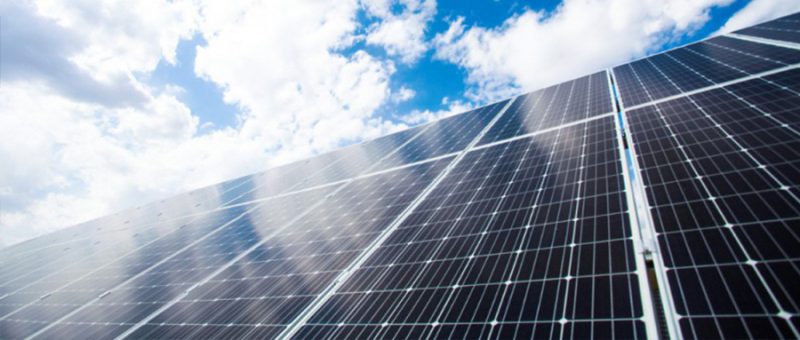
A decade ago, the concept of the Balkonkraftwerk struggled to gain traction. It wasn’t until four to five years ago, fuelled by advocacy and policy tailwinds, that momentum shifted. In 2019, Germany introduced its first technical regulations for plug-in solar systems, allowing standard electrical plugs and grid feeding and accelerating adoption. This unleashed a wave of market entry and rapid technology diffusion.
The pandemic provided an additional boost, as lockdowns spurred DIY enthusiasm. Then surging energy prices became the decisive factor, prompting Germans to embrace balkonkraftwerke as a cost-saving measure. An 800W system generates approximately 760kWh annually and costs €400–800. Verivox calculates payback periods of 2.5–5 years at the current electricity rate of €0.347/kWh.

Scan the QR code to follow PVTIME official account on Wechat for latest news on PV+ES



